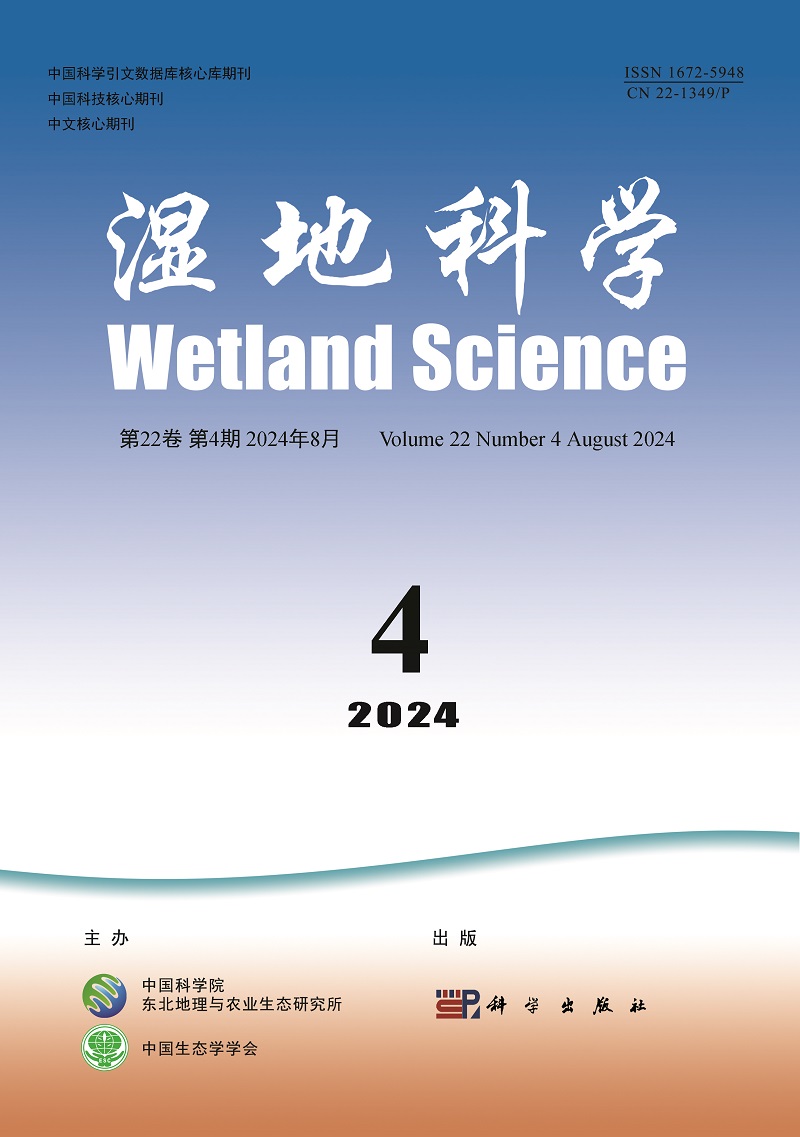Genetic Diversity of Chinese Medaka (Oryzias sinensis) in Dian Lake Drainage Area by ISSR Analysis
引用次数: 0
Abstract
Chinese medaka(Oryzias sinensis), widely distributed in the plateau lakes, Yunnan Province, which was the indicative specie for the habitat quality of riparian zone in the wetland ecosystems and also was the key specie in the lake ecosystems, and also was one of the fishes who suffered the severe invasion of alien species. There, we investigated that the genetic diversity and population structure of the wild Chinese medaka by using inter-simple sequence repeat(ISSR) analysis. The samples(20 individuals in total) of Chinese medaka in three populations in the drainage area of Dian Lake were obtained. The 7 ISSR primers were picked out to assess the genetic diversity. The ISSR primers combinations revealed 82.69% polymorphism, among 52 genetic loci amplified. The sum of effective number of alleles and observed number of alleles were 1.492 4 and 1.826 9, respectively. The Shannon genetic diversity and Nei genetic diversity indexes of all the populations were 0.434 5 and 0.289 7, respectively. The gene differentiation(GST)was 0.198 9, and the gene flow(NM) was 2.013 2. The AMOVA demonstrated that only 6.65% of genetic variance came from inter-population, and 93.35% of genetic variance came from intra-population. Phylogenetic tree showed that 20 individuals from 3 populations were clustering mixed each other. Also, the principal coordinate analysis(PCA) supported the cluster analysis results. These results indicated that the genetic diversity of Oryzias sinensis was at the middle level, and there was no obvious genetic differentiation among the three populations of Oryzias sinensis.滇湖流域中华稻科植物遗传多样性ISSR分析
中华medaka(Oryzias sinensis)广泛分布于云南高原湖泊,是湿地生态系统中河岸带生境质量的指示种,也是湖泊生态系统的关键种,也是遭受外来物种入侵最严重的鱼类之一。利用ISSR (intersimple sequence repeat)分析方法,对野生中华medaka的遗传多样性和种群结构进行了研究。在滇池流域采集了3个种群的中华medaka标本(共20只)。选取7条ISSR引物进行遗传多样性评价。在扩增的52个遗传位点中,ISSR引物组合多态性为82.69%。有效等位基因数和观察等位基因数之和分别为1.492 4和1.826 9。各居群的Shannon遗传多样性指数和Nei遗传多样性指数分别为0.434 5和0.289 7。基因分化率(GST)为0.198,基因流量(NM)为2.013。AMOVA分析表明,种群间遗传变异仅占6.65%,种群内遗传变异占93.35%。系统进化树显示,3个居群的20个个体相互聚类混合。主坐标分析(PCA)也支持聚类分析结果。上述结果表明,羊草的遗传多样性处于中等水平,3个居群之间没有明显的遗传分化。
本文章由计算机程序翻译,如有差异,请以英文原文为准。
求助全文
约1分钟内获得全文
求助全文

 求助内容:
求助内容: 应助结果提醒方式:
应助结果提醒方式:


